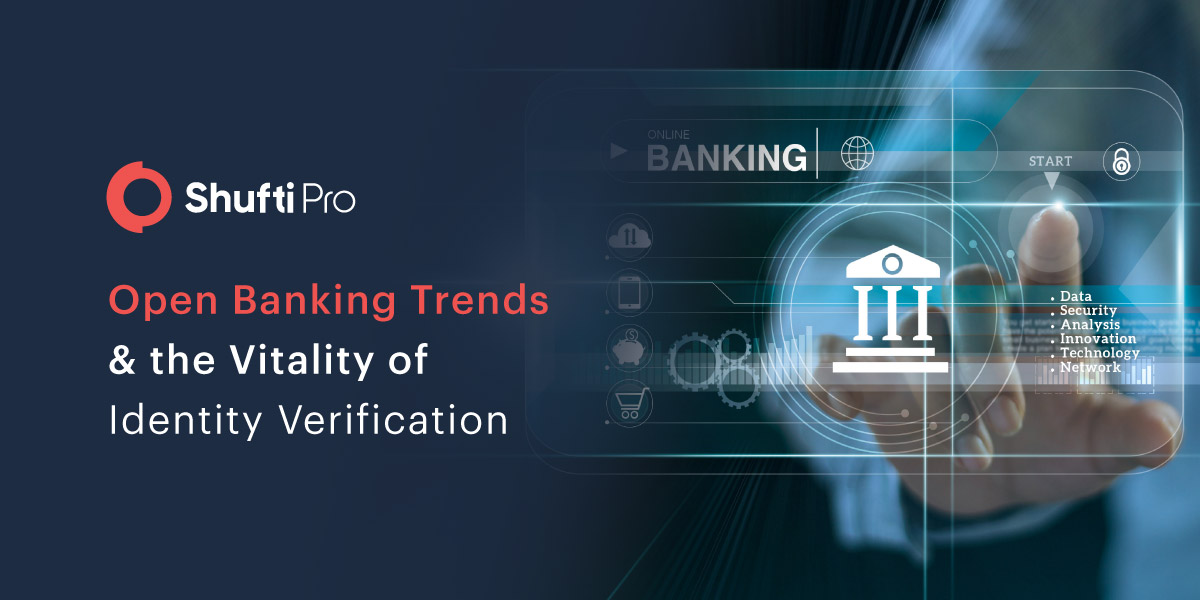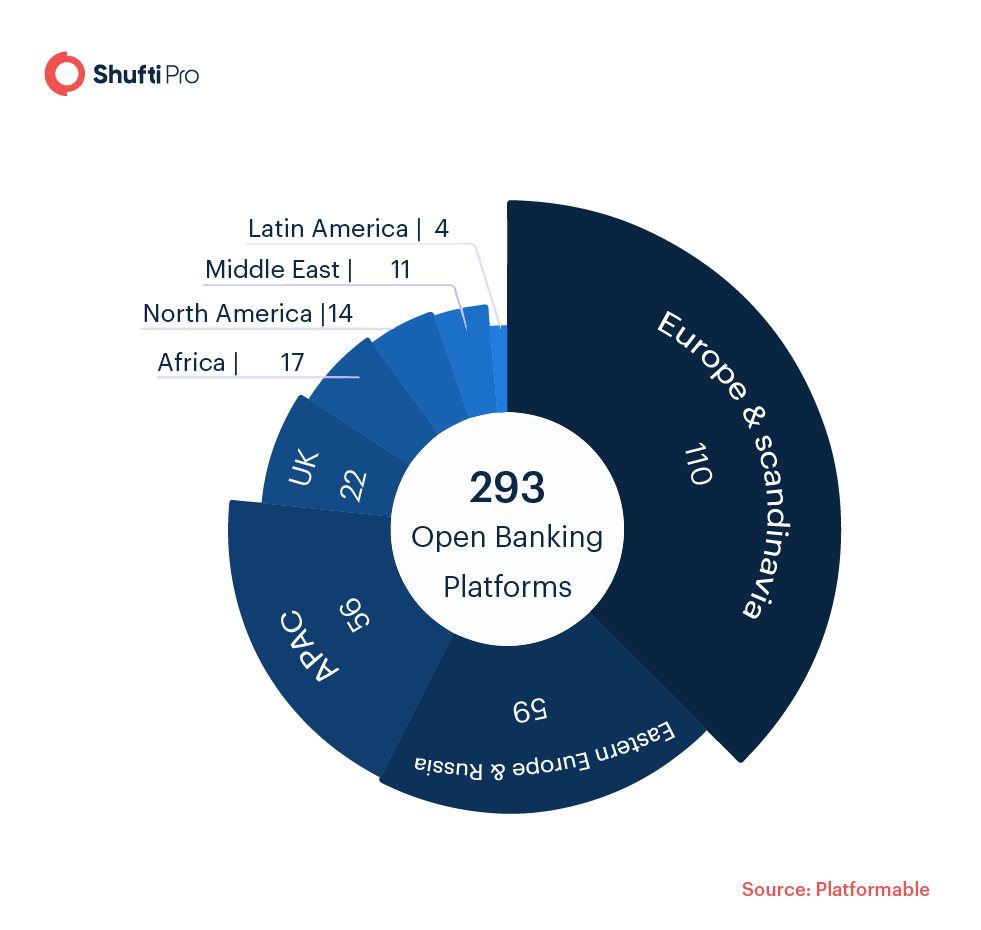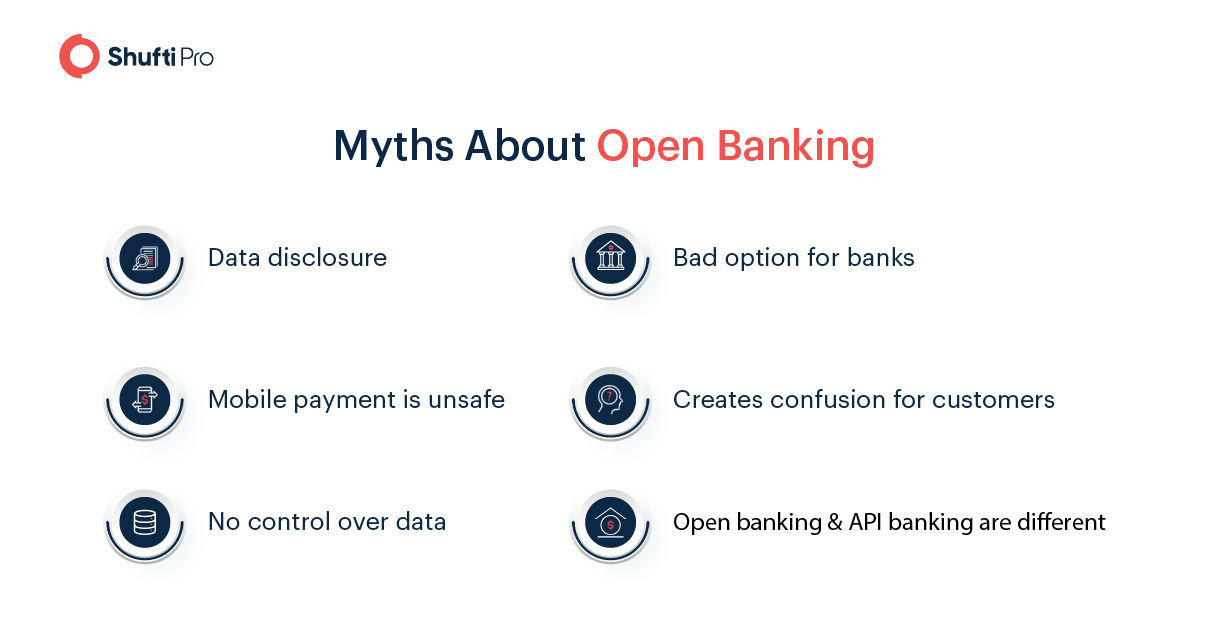Open Banking Trends & the Vitality of Identity Verification

- 01 Some Open Banking Examples
- 02 2021 Trends in Open Banking
- 03 Shift from Compliance-driven Adoption to Key Driver of Business Strategy
- 04 COVID-19 Driven Flexibility in Open Banking
- 05 More Diversity in Open Banking API
- 06 Globalisation in Open Banking
- 07 Regulatory Landscape for Open Banking
- 08 The Vitality of Identity Verification in Open Banking
- 09 Video Interview KYC
- 10 Key Takeaways
With rapid digitisation, open banking is becoming the new normal in the banking sector. Open banking is a proliferating technology across the world. Instead of increasing competition, open banking offers incumbents an option for partnership with FinTechs and third-parties. Open banking has the tendency to transform the interaction between fintech companies and end-users.
There are many benefits when someone talks about open banking but there are many other sides of the story that every consumer must know about. It’s not just the liberty to make wise investment decisions, but many other challenges await.
What is Open Banking?
Open banking is a system that opens the APIs and allows third-parties to access financial information that may be of use to develop new applications and services. Open banking not only offers a wider range of opportunities and transparency to customers but incumbents get many possibilities as well.
Some Open Banking Examples
Let’s take a look at some examples of open banking as of 2021:
Barclays
Barclays claims to be the first bank in the United Kingdom that enabled mobile banking apps with account aggregation. The open banking feature by Barclays offers consumers to view their account with other financial infrastructures within the app.
HSBC
Connected Money app was launched by the HSBC bank in May 2018 as a response to open banking regulations in the United Kingdom. This app allows customers to view various bank accounts, loans, credit cards and mortgages within one frame.
BBVA
In the United States, BBVA launched its BaaS/Open platform in 2018. The platform utilizes APIs that permits third-parties to offer financial products to the customers without providing a complete banking suite.

2021 Trends in Open Banking
2021 entails a lot more than simple open APIs in the name of open banking. Like all other sectors, the open banking sector is all set to experience drastic changes post-COVID-19 pandemic.
Shift from Compliance-driven Adoption to Key Driver of Business Strategy
The progressing open banking technology is reaping many benefits of digital banking apart from compliance. According to analysts, open banking must be a road to digital transformation, especially the banks that are pondering over enhancing customer experience. This will lead to customers involvement in the fintech environment and create a higher value through partnerships and cost reduction in today’s competitive corporate ecosystem.
COVID-19 Driven Flexibility in Open Banking
Economies across the world have suffered a lot due to the COVID-19 pandemic. Now, consumers need control of financial data to make sound decisions when it comes to investment and savings. Open banking offers a better option for business entities and individuals to get back on their feet.
More Diversity in Open Banking API
Banks in regulated jurisdictions must open the account information, product catalogues and payment functionalities as API. As of 2020 reports, there are 3,486 open banking API products available worldwide. 36% of these products go beyond regulatory requirements and enable FinTechs to create a broader range of offerings. These APIs can be used for automated workflows by existing customers of banks. Henceforth, this will drive more diversity in open banking APIs in 2021.
Globalisation in Open Banking
Apart from the United Kingdom, more countries are stepping into the open banking ecosystem. Every country has its own set of rules and regulations which is great. However, the lack of standardised regulations is leading to higher complexity for processing transactions. From 2021 onwards, a movement towards a single API can be expected to provide better access to everyone.

Regulatory Landscape for Open Banking
Many regions of the world have regulated open banking. Otherwise, the threat of criminal activities will increase rapidly. Here is a list of countries that adopted the open banking concept and have certain regulations to combat financial crimes as well.
Open Banking in the UK
The Conduct Market Authority (CMA) regulates the open banking system in the United Kingdom. The authority has set certain regulations on the amount and type of data that must be shared with consumers.
European Union
In the European Region, the Payment Services Directive (PSD2) was revised that is applicable to all banks and e-money providers. This also facilitates transaction data access between third-parties and payment operations. Banks have the liberty to choose APIs for development that is approved by the authorities. However, this is not a standardised practice.
Canada
Unlike the EU and UK, Canada lacks a robust regulatory framework for open banking. However, the government has already suggested a budget to assess the introduction of this system in the country. Nevertheless, the main banking association of Canada has warned all fintech and incumbents to be careful about the challenges that may arise with digital transformation. The issues include privacy, financial stability, security and above all, FinCrime.
The Vitality of Identity Verification in Open Banking
Although open banking sounds like a great deal for customers and FinTechs, the chances of criminal activities are expected to increase. Sharing financial data is crucial and welcomes many challenges. What can a bank do if a fraudster uses fake identities to acquire an API or what if a money launderer uses sensitive data for their illicit gains?
Providing opportunities to consumers is important but so is the protection of financial data from fraudsters. This is where identity verification for open banking steps in. The digital customer due diligence protocol can be followed to ensure the legitimacy of the customer who needs the open banking API. Here are two methods for IDV in open banking that provide a seamless customer experience along with security.
Suggested: Customer Due Diligence Checklist – Is Your Business Compliant?
Video Interview KYC
Video KYC from Shufti ensures remote customer onboarding with all the robust identity verification measures. The KYC expert gets in touch with the end-user on a live video call and first, the government-issued ID document is verified. The end-user shows the document in the camera and the KYC expert on the other end of the call verifies the identity of the end-user. Video KYC incorporates document verification that authenticates the document by checking it against forged or photoshopped elements.
Then, certain face verification checks are performed to detect spoof attacks on time. Within a minute or two, the identity of the person is verified and open banking APIs can be provided.
Facial Biometric Authentication
Facial biometric authentication is one of the best ways to allow convenient sign in to the customers. Login relies on selfies which increases security and prevents forged logins. The intelligent face verification system incorporates advanced AI techniques such as 3D depth perception and microexpression analysis to ensure the remote presence of users at the time of verification.
Key Takeaways
Digital transformation in the banking sector has led to open banking and the year 2021 has many new trends waiting for open banking. Globalisation, a robust regulatory framework, enhanced security measures, and a pandemic-driven strategy for open banking API is what we can expect. Moreover, APIs will be more diverse this year leading to better opportunities for incumbents. However, the need for identity verification systems still exists in the highly digital world. With Shufti, open banking systems can resolve the problem for sure.
Want to know more about our identity verification service for open banking? Get in touch with us.










